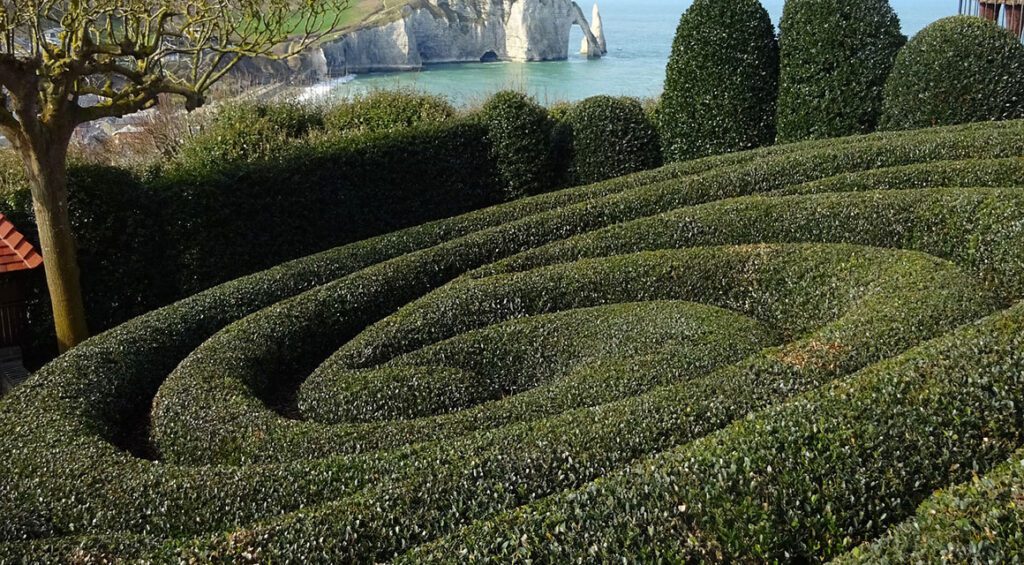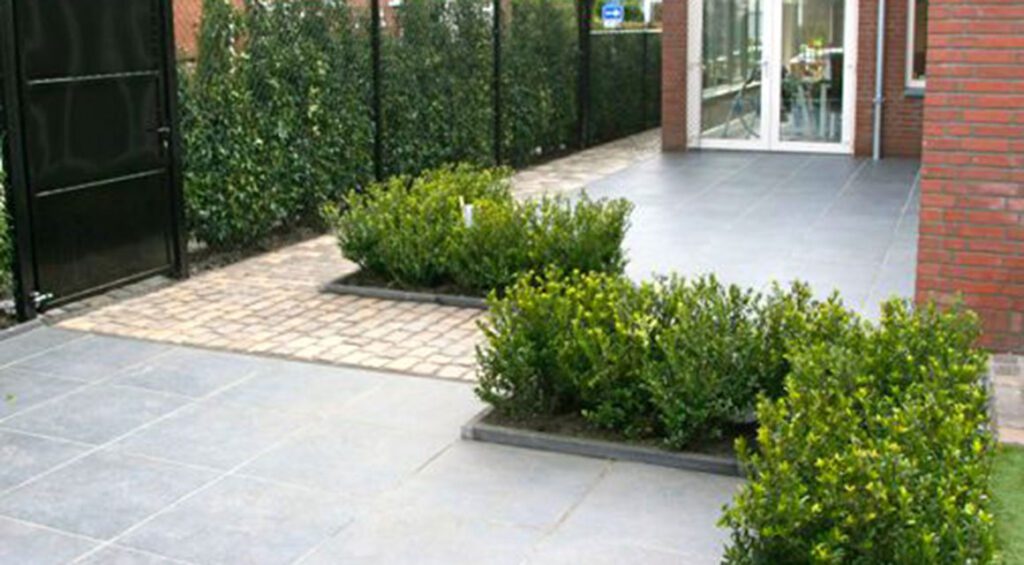Do you also have a weakness for beautifully cut into shape hedge plants? This is not only about the well-known spheres, pyramids or cones, but also true works of art that you sometimes see in beautifully landscaped gardens. You also want to give your plant a certain shape? Learn all about the best plants for topiary here.

Contents
Topiary: a little history
When and how topiary was first applied is not known for sure. We do know, however, that the art of cutting plants into shape goes back a long way: as far back as ancient Egypt, trees were cut into specific shapes. The reason for this was not aesthetic: rather, they wanted to plant as many trees as possible on a plot of land. Topiary as we know it today did not develop until the 16th century. In the classical gardens of castles and country estates, shrubs were cut into tight shapes. These shrubs served as showpieces with which the lords and ladies let their wealth be seen. Fortunately, topiary is available to many more people these days!

Boxwood: king of topiary?
For a long time boxwood was considered the king of topiary. In England, true statues have long been cut from boxwood. There, topiary is called “topiary”, a term that is also sometimes used in European for topiary as topiari. Since boxwood diseases and the dreaded boxwood borer have been spreading furiously through Europe’s gardens, garden owners have become increasingly reluctant to plant boxwood. But there is a plant that can certainly keep up with the boxwood when it comes to topiary.

Japanese holly: an equal substitute?
As an equal substitute for the boxwood is not infrequently recommended Japanese holly. This is not surprising: after all, the Japanese holly ‘Dark Green’® looks particularly similar to the boxwood. In addition, this hedge plant is ideal for topiary. Other varieties of Japanese holly, such as ‘Convexa’ and ‘Green Hedge’, also lend themselves well to many beautiful shapes. Just like boxwood, Japanese holly is evergreen and very well tolerant of pruning. For many, this plant is then also the first choice when it comes to finding an alternative to boxwood.
Taxus baccata
The common yew, or Taxus baccata, is also excellent for topiary. The common yew is an exception, because other conifers do not tolerate topiary well and it is not possible to achieve such a beautiful result with them. Taxus baccata is an attractive evergreen hedge plant that also looks good as a specimen. Cones, spheres or true works of art: anything is possible with a yew. Due to its slow growth, the yew retains its shape for a long time: constant re-cutting of the work of art is therefore unnecessary.
The different varieties of laurel
The different varieties of cherry laurel are also suitable for topiary. However, with the cherry laurel, it is rather the simple geometric shapes that come into their own. Complicated shapes, such as those possible with boxwood or Japanese holly, are much more difficult to create because of the rapid growth of the cherry laurel. Plants that are evergreen and do not grow quickly are suitable for topiary. A small leaf is also advantageous. However, the leaf of the cherry laurel is somewhat larger. Simple geometric shapes, however, are no problem for the cherry laurel. The Portuguese cherry laurel and the common laurel are suitable for this purpose. For smaller shapes, the cherry laurel varieties ‘Zabeliana’ and ‘Otto Luyken’ are also very suitable.
Even more suitable plants for topiary
There are other evergreen hedge plants that are suitable for topiary. How about creeping spindle or hedge myrtle, for example? Creeping spindle, like cherry laurel, cannot be used to cut complicated shapes, but a sphere or a pyramid can be achieved effortlessly. The hedge myrtle is a hedge plant that looks very similar to the boxwood, but grows much faster. For this reason, the plant is not suitable for complicated geometric shapes. Even a simple shape needs to be trimmed much more often than boxwood, yew or Japanese holly.
Which plant you choose ultimately depends on what you want. Do you prefer a tight, symmetrical shape? Then it is best to choose boxwood, yew or Japanese holly. Or do you like it more playful and prefer a less formal plant? In that case, cherry laurel, creeping spindle and hedge myrtle will make the short list. Do you prefer boxwood, but live in a region that struggles a lot with boxwood diseases? Then there are also wonderful boxwood alternatives: These are the most popular.

